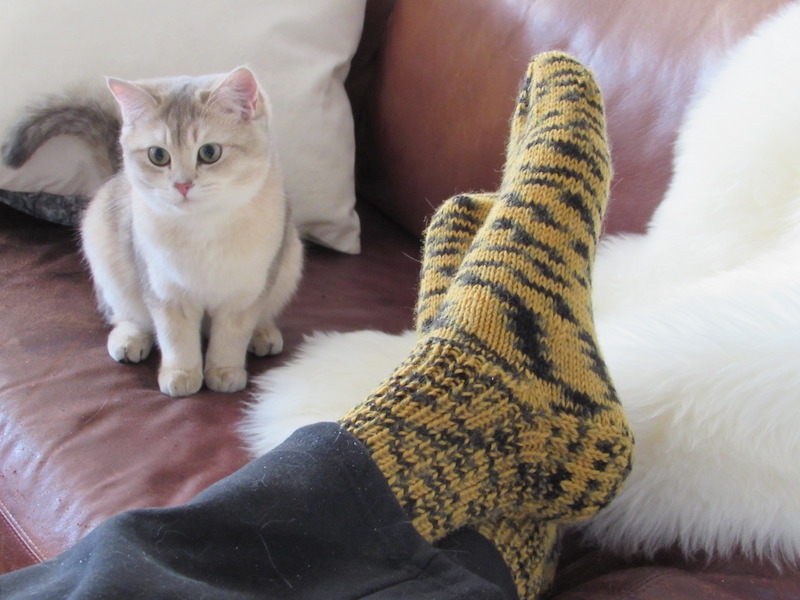
Commercial
Controls & Automation
Institutional
VTT’s Human Thermal Model IoT solution primed for commercialization
January 26, 2016 - Back in March 2014, we told you about a new method for assessing the individual thermal comfort experienced by different user groups which is intended as part of continually improving the energy efficiency of existing and new construction. Now its developers are seeking partners to commercialize the IoT solution.
January 26, 2016 By Anthony Capkun

The solution developed by VTT Technical Research Centre of Finland adjusts the room temperature automatically as close to the ideal level for those spending time in the room in accordance with how they sense the temperature. The solution is particularly well-suited, says VTT, for offices, hospitals, hotels and retirement homes, which require individual conditions.
“People in the Western world spend more than 90% of the day indoors. The thermal comfort also significantly affects work efficiency. If the indoor room temperature in a building is adjusted by one to three degrees, the productivity of work improves by 4% to 7%. And, according to recent reports, if the indoor conditions are good, the value and utilization rate of a building can increase by 10%,” said Pekka Tuomaala, principal scientist.
In its IoT (Internet of Things) -based solutions, VTT uses both printed and ordinary sensors. Using printed conductors, information can be transferred from these sensors through structures over extended distances to data transfer units, which then wirelessly relay the data to a cloud service. In the cloud, the thermal model developed by VTT—the Human Thermal Model (HTM)—calculates the optimal adjustments for the building automation system.
“Sensors measure the temperature, relative humidity and human presence in the space where adjustment is needed, and send the data to the cloud via the internet. The [HTM] then calculates the room temperature setting for the room-specific control connected to the property’s building automation system. On this basis, the heating system either increases or reduces heating or cooling on the premises,” explained senior scientist Kalevi Piira.
VTT insists adjusting indoor temperature according to need would primarily bring benefits in terms of comfort and enhanced work efficiency, but would also result in energy savings.
Print this page